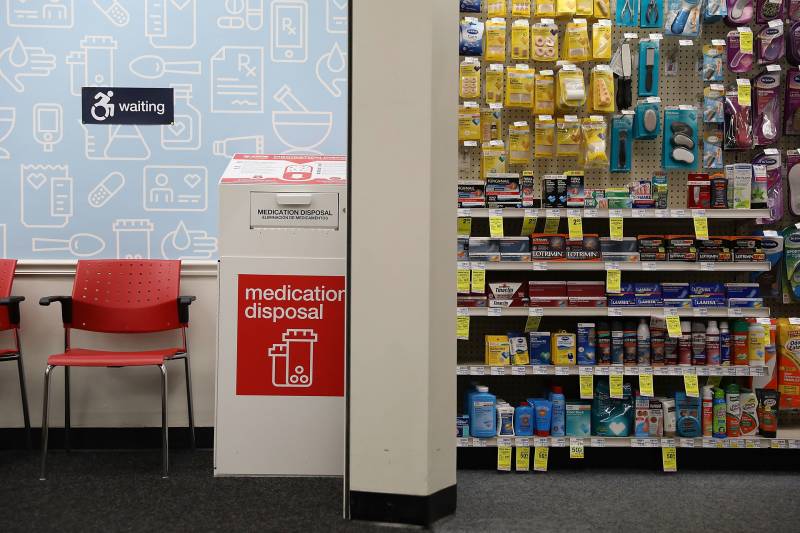“It’s surprising that fewer than half of the pharmacies surveyed provided correct disposal information and only one-tenth provided take back programs,” said Hillary Copp, a UCSF urologist and senior author of the study. “Expanding disposal programs to ensure access and patient education are critical steps for improving disposal practices.”
How to Dispose of Old Medications
Leftover meds pose big health threats, especially for a curious child who sneaks into the medicine cabinet. Opiates are dangerously addictive, and doctors say the best way to ensure people don’t intentionally misuse painkillers is to discard excess prescriptions promptly.
So, what should pharmacists be telling consumers?
First, say FDA guidelines, people should take their extra drugs to designated pharmacies and other “take back” locations.
Last year, in an effort to fight the opioid epidemic, Google launched an initiative to help people find directions to the disposal location closest to them. Users can find these centers with Google Maps by searching phrases similar to “drug drop-off near me.”
For people who are unable to take old prescriptions to a drop-off spot, FDA guidelines include instructions for disposing of medicine at home.
Morphine, opium, codeine, hydrocodone and other opiates can be deadly if consumed in large doses. For this reason, the agency recommends people flush these painkillers down the toilet. The FDA’s site includes a list of drugs the agency says should go down the drain if the choice is between that and leaving it on your shelf.
However, flushed drugs usually cannot be filtered out at water treatment plants and can get into bays and lakes and harm marine life.
This is particularly a concern for flushed antibiotics. Rather than putting these drugs down the drain, the FDA recommends people mix them with unappetizing substances like cat litter or spent coffee grounds, seal them in a container and throw them in the garbage.
Copp says doctors, nurses and other healthcare professionals should also take responsibility for educating consumers about how to dispose of their old meds. “This is going to require many different approaches to reduce the amount of unwanted medication,” she said.
The UCSF survey was conducted over a two-month period. The findings were published Monday in the scientific journal Annals of Internal Medicine.

